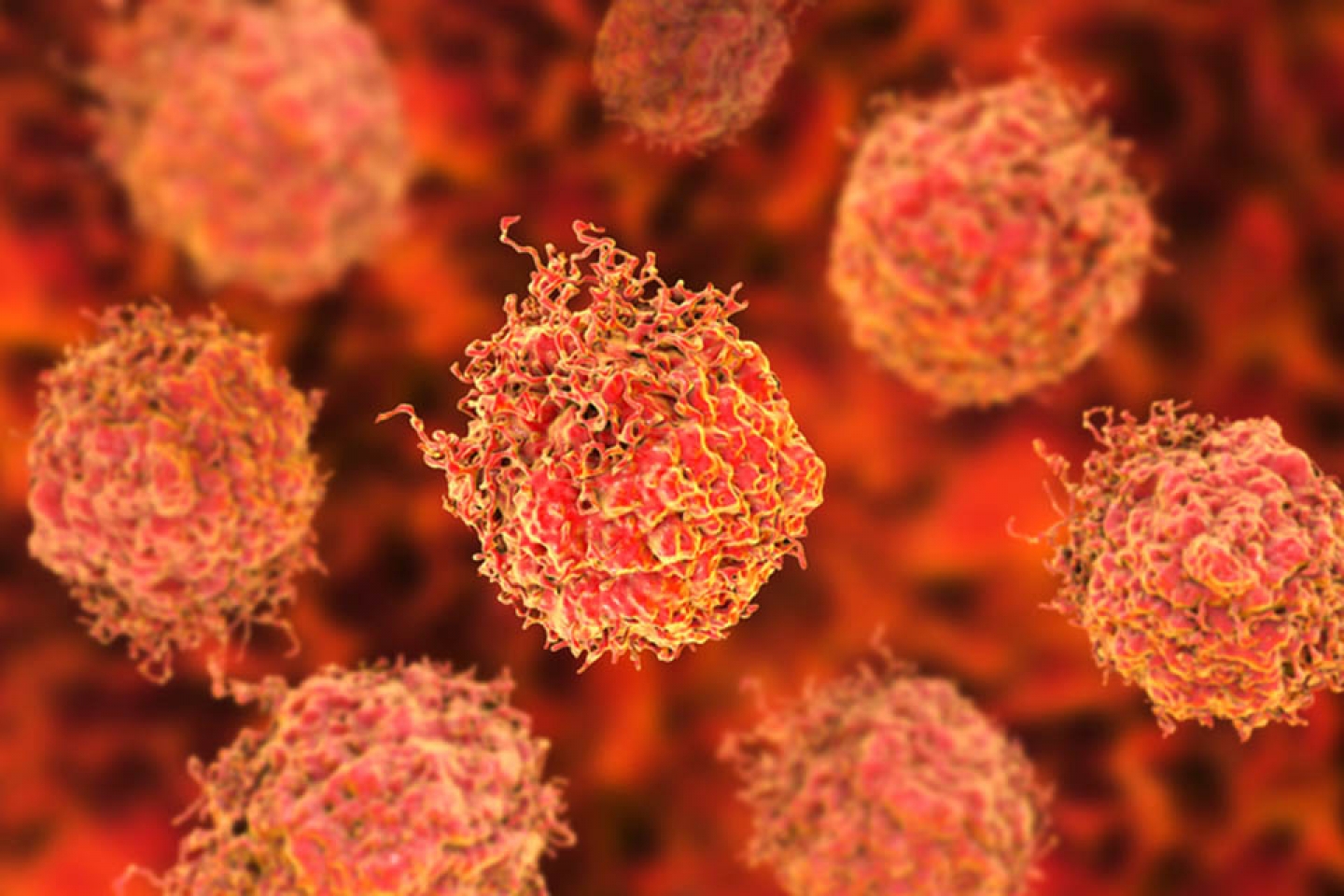
In 2018, an estimated 165,000 men will be diagnosed with prostate cancer, and the disease will lead to more than 29,000 deaths. Despite the prevalence of prostate cancer, there is considerable confusion and misinformation surrounding the disease.
Dr. Jim C. Hu is the Ronald P. Lynch Professor of Urologic Oncology at Weill Cornell Medicine. Here, he sets the record straight on some commonly held myths about prostate cancer.
In general, the older you are, the more likely you are to develop prostate cancer.
Most prostate cancers are diagnosed in elderly men, and the median age of prostate cancer death is 80 years of age. “However,” warned Dr. Hu, “some men are diagnosed in their 40s with clinically significant prostate cancer, but this is uncommon.”
If you experience any of the following symptoms, be sure to speak with a primary care physician for evaluation:
“There has recently been a lot of controversy surrounding the PSA test,” explained Dr. Hu. “Some believe that it has no benefit and may lead to uncomfortable biopsies. However, this is untrue. It is worthwhile for men to get a PSA in their 40s to determine if they are at risk of prostate cancer in their lifetime. If the PSA is less than one, then it is unlikely that they will have a significant risk for prostate cancer in the year to come.”
Younger men with a family history—a first-degree relative diagnosed with prostate cancer—should strongly consider getting a baseline PSA and getting PSA testing every three to four years. African-American men also have an increased risk of developing prostate cancer and should consider PSA testing at 40 or younger.
In general, the sooner the cancer is detected and treated, the better the outcome.
If you receive a prostate cancer diagnosis, Dr. Hu suggests educating yourself with credible sources of information—including the American Cancer Society and National Comprehensive Cancer Network. “A prostate cancer diagnosis may cause depression and anxiety,” Dr. Hu said, “however, it is good to keep in mind that there are numerous options and prognosis is generally good.” Although there are many resources online and from books, it is best to consult a specialist for reliable, evidence-based information and support.
Dr. Hu emphasized that there is little long-term data about the minimally invasive treatments, so men who opt for this treatment should be followed very closely. Treating just part, and not the entire prostate, is a new treatment option, available at select medical centers in the US.
Partial gland ablation is an increasingly popular treatment option. In men who have prostate cancer limited to one area within the prostate, the ability to use heat or cold to kill just those prostate cancer cells limits the side effects, time off work, etc. This procedure is done as an in-office procedure with cryotherapy (using ice) to kill prostate cancer cells within a portion of the prostate. The procedure lasts about 45 minutes, and patients can typically resume their normal activities the very next day. Men who chose this option do require future MRI imaging of the prostate and repeat biopsies to ensure that they are cancer free.
High-intensity focused ultrasound is a minimally invasive and non-surgical therapy that uses focused ultrasound waves to heat and destroy prostate tissue. Just as intensified light can cause powerful heating, focused ultrasound waves create heat that is used to kill specific tissues within the prostate.
Dr. Hu believes that this myth stems from a larger misunderstanding of the function of the prostate. It does not affect libido or cause hormonal conditions; the prostate produces ejaculate and nutrients for sperm. “The treatment option you choose, as well as your surgeon’s experience and technique,” explained Dr. Hu, “make a big difference in minimizing the risks for impotence and incontinence.”
Learn more about the cutting-edge care and services offered by Weill Cornell Medicine urologists, as well as the leading treatments for prostate cancer.